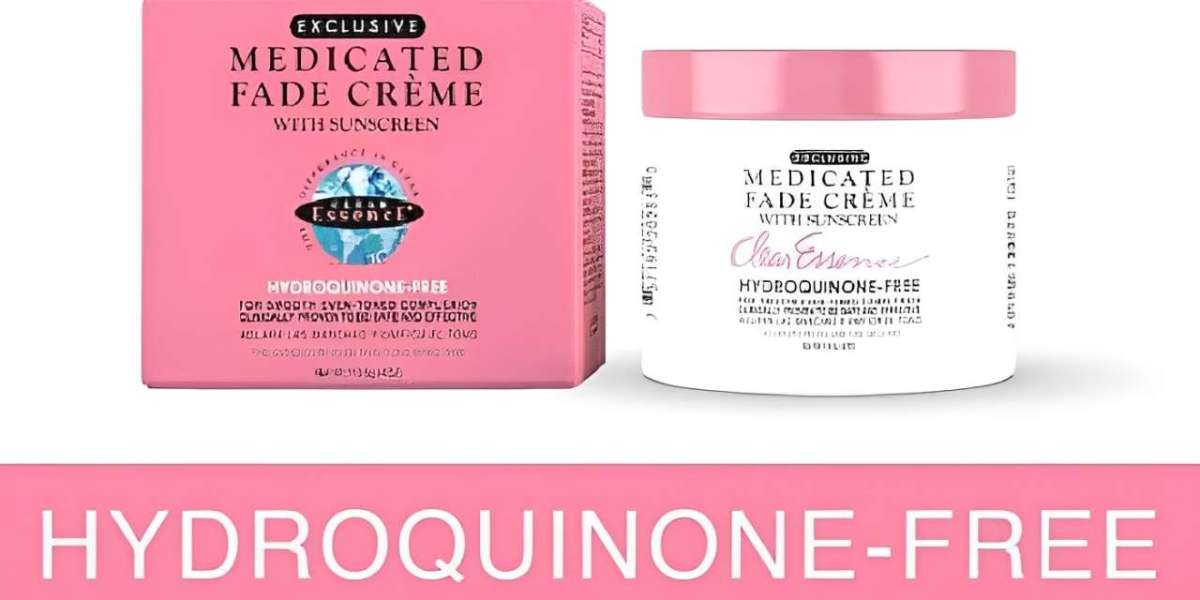Introduction
Ever struggled with dark spots, acne scars, or uneven skin tone? A fade cream might be your skin’s new best friend! But here’s the catch—using it the wrong way can lead to irritation or even worsen pigmentation. So, how do you apply fade cream correctly for glowing, even-toned skin? Let’s break it down step by step.
What Is a Fade Cream?
A fade cream is a topical skincare product designed to lighten hyperpigmentation, dark spots, and uneven skin tone. These creams often contain active ingredients like hydroquinone, kojic acid, vitamin C, or niacinamide, which work to inhibit melanin production and promote skin renewal.
How Does Fade Cream Work?
Fade creams target excess melanin—the pigment responsible for dark spots. By slowing down melanin production and encouraging cell turnover, they gradually fade discoloration. Think of it as hitting the "reset" button on your skin’s tone!
Benefits of Using Fade Cream
- Reduces dark spots and acne scars
- Even out skin tone
- Brightens dull skin
- Minimizes sun damage effects
Choosing the Right Fade Cream for Your Skin
Not all fade creams are created equal. Here’s how to pick the best one for you:
Ingredients to Look For
- Hydroquinone (for stubborn pigmentation)
- Kojic Acid (gentler alternative)
- Vitamin C (antioxidant + brightening)
- Niacinamide (soothes and fades spots)
Skin Type Considerations
- Oily skin? Opt for a lightweight, non-comedogenic formula.
- Dry skin? Look for hydrating ingredients like hyaluronic acid.
- Sensitive skin? Avoid harsh actives like high-strength hydroquinone.
Avoiding Harmful Additives
Steer clear of fade creams with mercury, steroids, or parabens—these can damage your skin long-term.
Pre-Application Tips for Best Results
Before slathering on that fade cream, follow these steps:
Patch Test First
Apply a small amount behind your ear or on your wrist. Wait 24 hours to check for irritation.
Cleanse Your Skin Thoroughly
Dirt and oil can block absorption. Use a gentle cleanser before applying fade cream.
Exfoliate Gently
A mild exfoliant (like lactic acid) helps the cream penetrate better—just don’t overdo it!
Step-by-Step Guide to Applying Fade Cream
Step 1: Wash Your Face
Start with a clean slate! Use lukewarm water and a mild cleanser.
Step 2: Dry Your Skin Completely
Pat dry—don’t rub. Damp skin can dilute the cream’s effectiveness.
Step 3: Apply a Thin Layer of Fade Cream
Less is more! A pea-sized amount is enough for the entire face.
Step 4: Massage Gently Until Absorbed
Use your fingertips in circular motions—no harsh rubbing!
Step 5: Follow Up with Moisturizer
Lock in hydration to prevent dryness (a common side effect of fade creams).
Step 6: Use Sunscreen Daily
Sun exposure reverses progress. Always apply SPF 30+ in the morning!
Common Mistakes to Avoid When Using Fade Cream
- Over-applying (leads to irritation)
- Skipping sunscreen (causes rebound darkening)
- Mixing with other actives (like retinol or AHA/BHA) can cause sensitivity.
How Long Does It Take to See Results?
Patience is key! Most fade creams take 4-8 weeks to show visible improvements. Consistency is everything.
Maintaining Results After Using Fade Cream
- Keep using sunscreen
- Stay hydrated
- Reapply fade cream as needed for touch-ups
Conclusion
Using a fade cream the right way can transform your skin, but only if you follow the steps carefully. Cleanse, apply sparingly, moisturize, and never skip sunscreen! Stick with it, and you’ll see a brighter, more even complexion in no time.
Frequently Asked Questions (FAQs)
- Can I use fade creme every day?
Yes, but follow the instructions—some are meant for nightly use only. - Will fading creme make my skin lighter overall?
No, it only targets dark spots, not your natural skin tone. - Can I use fade creme on my body?
Yes, but body skin is thicker—choose a formula designed for body use. - Is hydroquinone safe in fade creams?
In low concentrations (2-4%), yes. Avoid long-term use without breaks. - Can I wear makeup over fade creme?
Absolutely! Just let it absorb fully first.



